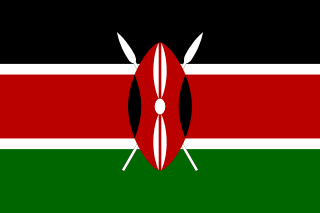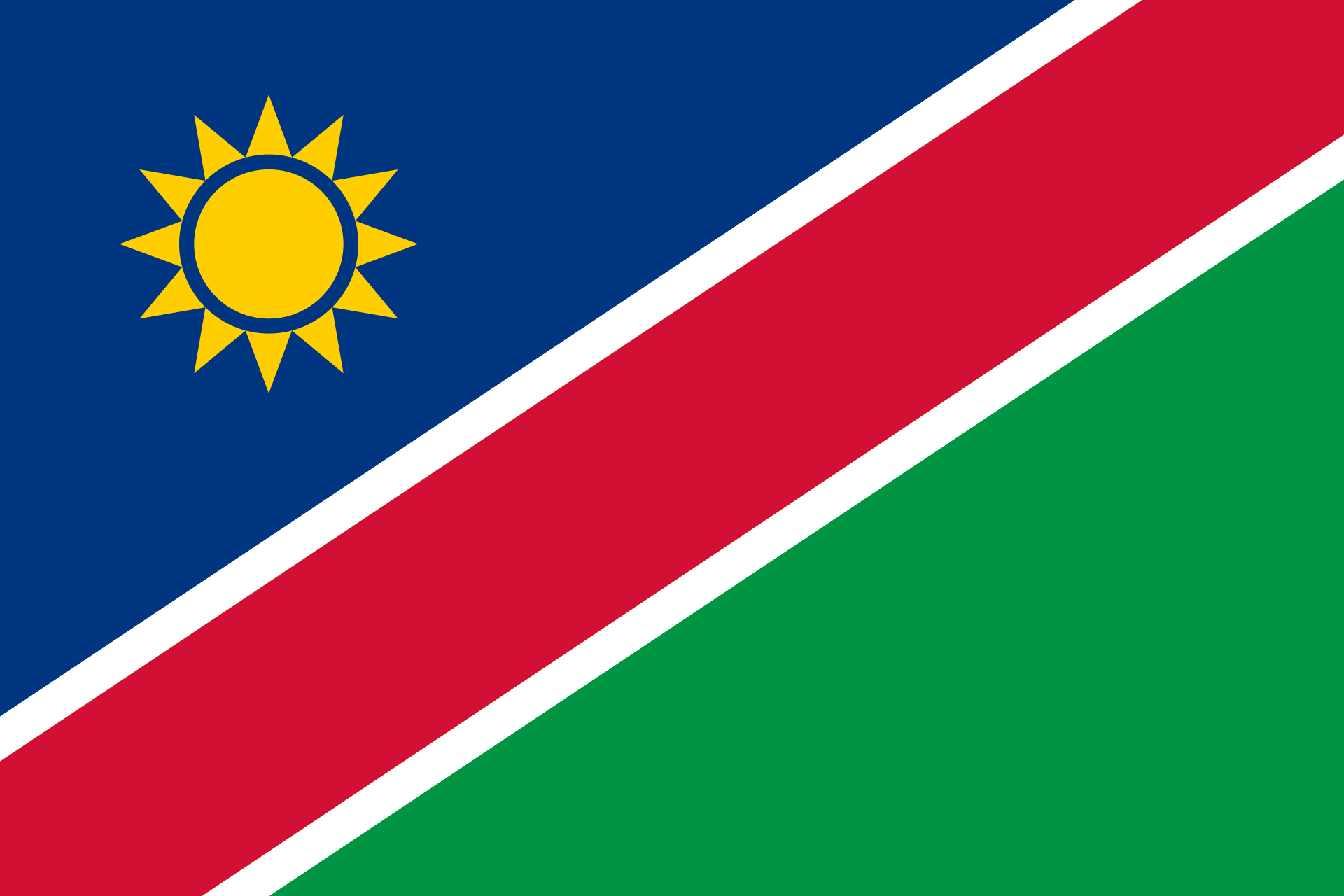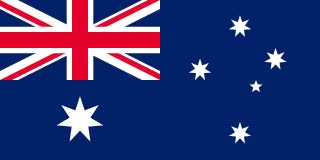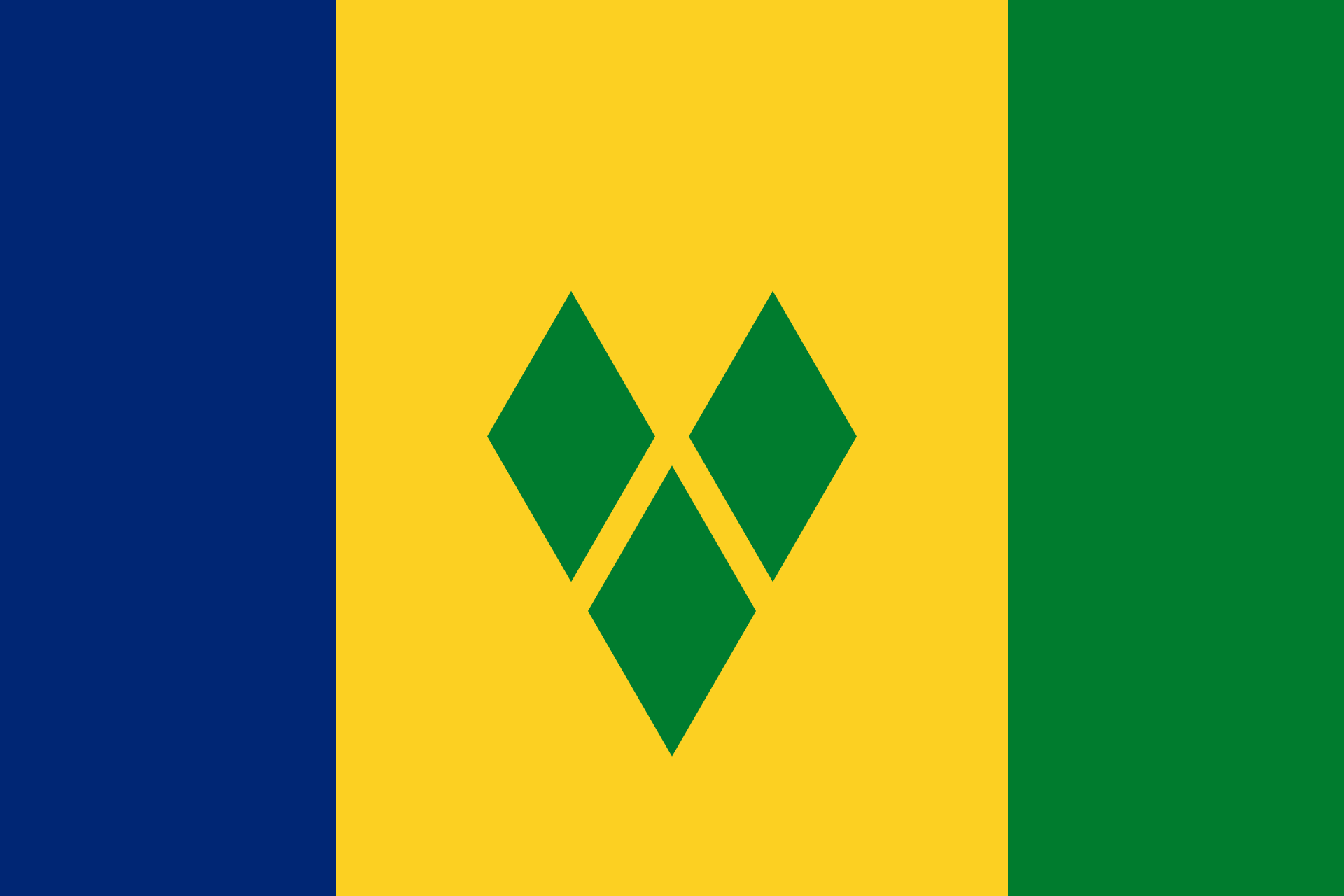Population
34,294,231
Last updated:
1 NovArea
1,285,216 km2
Last updated:
1 NovCurrency
Sol (PEN)
Last updated:
1 NovOfficial Language
Spanish
Last updated:
1 NovPhone code number
+51
Last updated:
1 NovInternet TLD
.pe
Last updated:
1 NovAverage monthly salary
540 $
Last updated:
1 NovTotal millionaires
3,600 persons
Last updated:
1 NovTotal billionaires
2 persons
Last updated:
1 NovMilitary power
Passport rank
40
Last updated:
1 NovVisa free
134 country
Last updated:
1 NovReligions in Peru
94.51% Christianity
*76.03% Catholicism
*18.48% Other Christian
5.09% No religion
0.40% Other
Info about Peru (History)
Peru is a country in the west of South America. It borders in the north with Ecuador and Colombia, in the east with Brazil, in the southeast with Bolivia, in the south with Chile, and in the south and west with the Pacific Ocean. Peru is a vast country with habitats stretching from the arid plains of the Pacific coastal region in the west to the Andes peaks stretching from the north to the southeast of the country to the rainforests of the Amazon Basin in the east with the Amazon River. ... Peru has a population of 33 million and its capital and largest city is Lima. Peru, with an area of 1.28 million km2 (0.5 million mi2), is the 19th largest country in the world and the third largest country in South America.
Several ancient cultures lived on the territory of Peru. From the Norte Chico civilization, from 3500 BC, the oldest civilization in America and one of the five cradles of civilization, to the Inca Empire, the largest state in pre-Columbian America. the longest history of civilization in any country, dating back to the 10th millennium BC.
The Spanish Empire conquered the region in the 16th century and established a Viceroyalty that encompassed most of the South American territories, with its capital in Lima. Higher education began in the Americas with the official opening of the National University of San Marcos in Lima in 1551. Peru officially declared independence in 1821, following the foreign military campaigns of José de San Martín and Simon Bolivar and the decisive Battle of Ayacucho. Peru gained independence in 1824. In subsequent years, the country maintained relative economic and political stability, which ended shortly before the Pacific War (1879-1884) with Chile. Throughout the 20th century, Peru experienced territorial armed disputes, coups, social unrest and internal conflicts, as well as periods of stability and economic recovery. In the 1990s, a neoliberal economic model was introduced in the country, which is still used today. Since then, Peru has seen steady economic growth and declining inequality.
The sovereign state of Peru is a representative democratic republic divided into 25 regions. Peru has a high level of human development, with upper middle income ranked 82nd in the Human Development Index. It is one of the most prosperous economies in the region with an average growth rate of 5.9% and one of the highest industrial growth rates in the world at an average of 9.6%. Its main economic activities include mining, manufacturing, agriculture and fishing; along with other growing sectors such as telecommunications and biotechnology. The country is part of The Pacific Pumas, a political and economic grouping of countries on the Pacific coast of Latin America that share overall positive growth trends, a stable macroeconomic foundation, improved governance and an openness to global integration. Peru ranks high in social freedom; he is an active member of the Asia-Pacific Economic Cooperation, the Pacific Alliance, the Trans-Pacific Partnership and the World Trade Organization; and is considered average power.
The population of Peru includes mestizos, American Indians, Europeans, Africans and Asians. The main spoken language is Spanish, although a significant number of Peruvians speak Quechua, Aymara, or other indigenous languages. This mixture of cultural traditions has resulted in a wide variety of expressions in areas such as art, cuisine, literature and music.
Important information about Peru
1- What is the population of Peru?
answer: The total population of Peru is 34,294,231 in 2021.
2- Who is the president of Peru?
answer: Pedro Castillo is the current president of Peru.
3- What is the area of Peru?
answer: The total area of Peru is 1,285,216 km2 .
4- What is the official language of Peru?
answer: The official language of Peru is Spanish .
5- What is the currency of Peru?
answer: The currency of Peru is Sol (PEN) .
6- How much is the average salary in Peru?
answer: The average salary in Peru is 540$ in 2021.
7- What is the passport rank of Peru?
answer: The passport rank of Peru is 40 in 2021.
8- How many countries we can travel with passport of Peru without visa?
answer: You can travel to 134 countries with passport of Peru .
9- What is the phone number code of Peru?
answer: The phone number code of Peru is +51 .
10- What is internet TLD of Peru?
answer: The internet TLD of Peru is .pe
11- How many billionaires are in Peru?
answer: The total number of billionaires in Peru is " 2 person" in 2021.
12- How many millionaires are in Peru?
answer: The total number of millionaires in Peru is " 3,600 person" in 2021.





